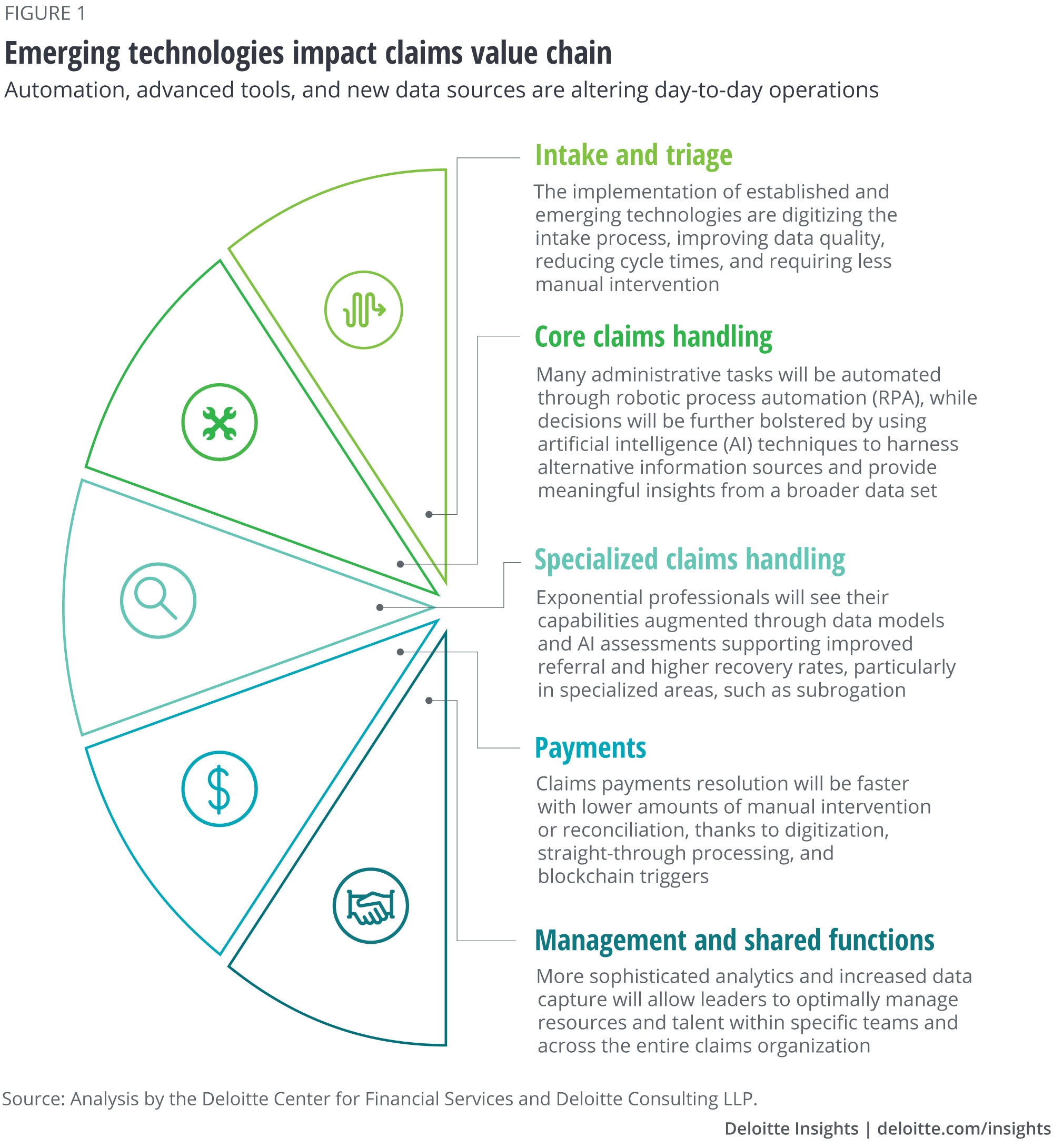Insurance claims are a concept that’s been around for centuries. These payments alleviate financial burdens during some of the most difficult times of a policyholder’s life. As such, perfecting the claims process is critical to any insurance organization’s success.
While the importance of claims hasn’t waivered since its inception, policyholder preferences have certainly shifted. How insureds want to receive their claim payments has transformed enormously in the past few years, as well as other crucial aspects of the claims process.
Kyle Evancoe, VP at InvoiceCoud, sat down with Insurance Thought Leadership to explore the evolution of insurance claims.
How Have Insurance Claims Evolved?
Paul Carroll: From where I sit, claims is one of the hottest topics around. I’m hoping you’ll start us off by explaining why. What’s going on?
Kyle Evancoe: Primarily, as it did with so many other industries, the pandemic greatly accelerated claims transformation. Overnight, carriers were forced to rapidly implement some level of digital solution because nobody could go into the office. We did, however, hear a number of stories that firms were sending people to the office to deal with claims checks, further emphasizing the need to change the systems that in most cases had been in place for decades.
The expectation is that the consumer experience would be Amazon-like, even though insurance operations all have workflow complexities and legacy systems to manage through.
The recent hardened market and inflation, as well as the enormous impact of catastrophic losses, are further ratcheting up the pressure to reduce churn and maximize savings overall. All this forces claims further to the forefront of carriers’ minds.
PC: Drilling down, what are the main things you think people ought to focus on when they try to figure out ways to improve the servicing of claims?
KE: 44% of people conduct research on what the claim experience is like with a carrier prior to even signing up to do business with them. Policyholder experience is at the top of the list for many.
I’ll give you a personal example. Within my family, we just had an auto claim. Carpets in the SUV were destroyed by an open sunroof and a particularly determined thunderstorm. With the significant water damage, we had to call the insurer, as that was the easiest way for us to get in touch with them. We then had to fight for an adjuster to get out there within a week and a half. The claim was extended three months due to parts being on back order, so we had to wait. When we went to get the rental car, the CSR [customer service representative] had booked us a small sedan for a family of four and two 100-pound dogs.
Three months pass, and we wait to receive the check in the mail. Well, wouldn’t you know it, there’s a lien holder, so now we’ve got to drive an hour and 40 minutes to a Walmart that had the branch of the credit union just to get a signature, a process they weren’t familiar with and had to figure out. We pack everyone back into the car, drive to the branch, cash the check, and are finally able to pay for the claim.
That’s the state of what many are looking at now from a regular personal lines auto claim.
This example is personal to me, and, yes, it’s frustrating, but it’s relatively benign. From an experience perspective, we should be thinking about the worst case. These are the stories we hear every day from carriers regarding the worst moment in someone’s life: a family without a place to stay due to a catastrophe, the business owner who loses the retail space and all their inventory via hurricane, tornado, fires, flooding or whatever it may be. The expectation in that moment is the claimant has paid their premium for years and the insurance carrier is now going to provide the lifeline that’s going to help them protect what’s most dear. That may mean getting them food, or a place to stay for the evening or even inventory to get back up and running. Whatever the need, this is the moment when the insurance companies are expected to roll in like the white knight.
So there needs to be an effortless way for the policyholder to reach the carrier and an accelerated way for that carrier to accept, review and pay a claim. That includes a quick, if not instant, way to get funds to customers. For instance, if the bank isn’t open (due to a catastrophe) customers need digital options, right?
Improving the various aspects of the “claims process” are all steps in the right direction, but it all boils down to the fruition of the claim: getting the payment out to the customer in a way they can use, as quickly as possible.
Check out the full interview with Kyle and Paul here.

